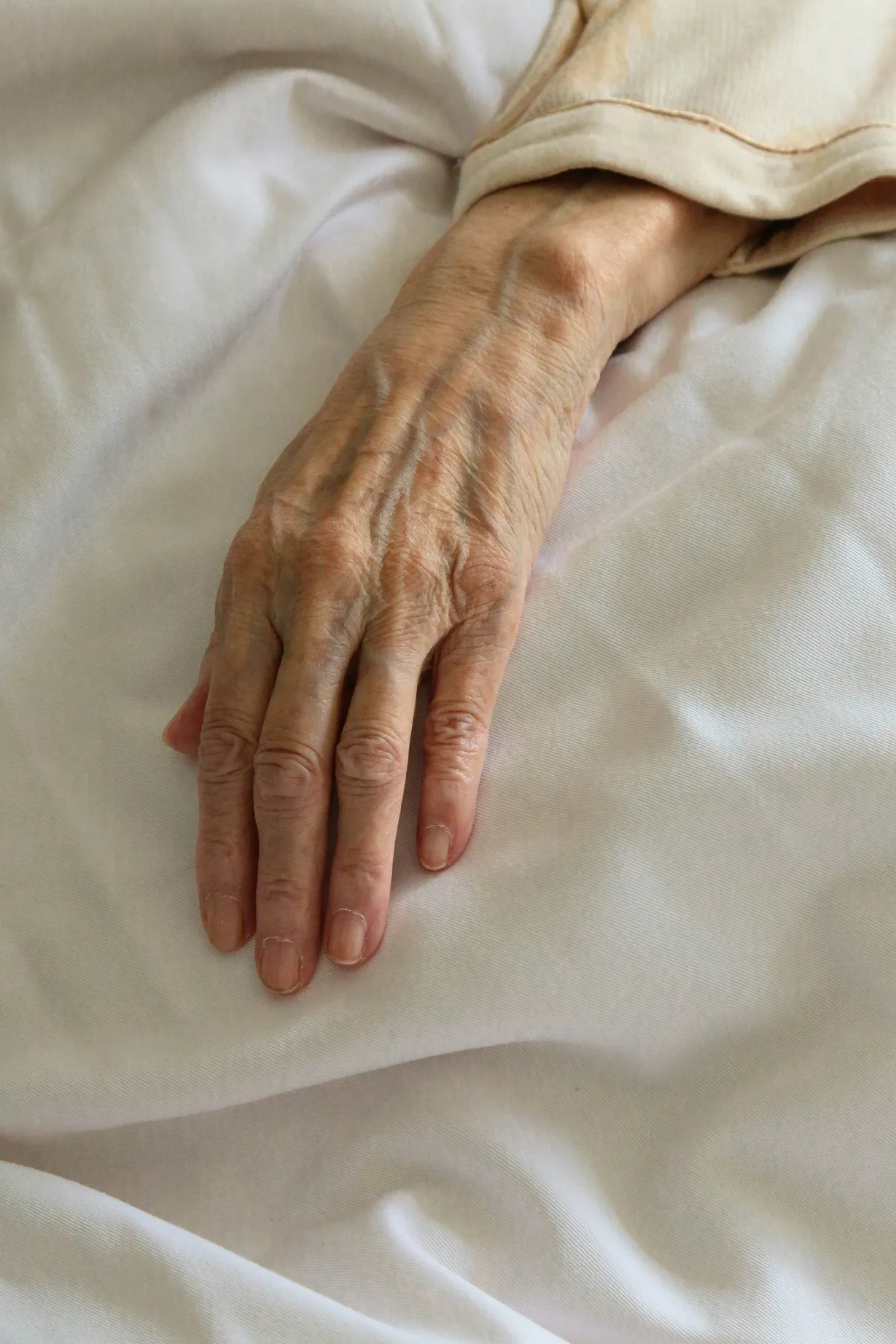Corticosteroids (skin)
| Type | Recommendation |
|---|---|
| When to deprescribe | |
| CBR |
To minimise potential adverse effects associated with prolonged use (i.e. skin atrophy, steroid rosacea), we suggest deprescribing be offered to older people using long-term topical corticosteroids for:
|
| GPS |
Deprescribing decisions should be made in consultation with the person, their GP and/or specialist providers (e.g. dermatologist, clinical immunologist) to ensure it aligns with their preferences, goals and overall treatment plans (ungraded good practice statement). |
| Ongoing treatment | |
| CBR |
We suggest:
|
| How to deprescribe | |
| CBR |
We suggest discontinuing topical corticosteroids without the need for tapering when the flare is fully resolved (e.g. itch-free, inflammation resolved) without strict time limits, then switch to on-demand or intermittent use for maintenance therapy if needed, following appropriate non-pharmacological management plan (e.g. use of emollient, avoid triggers) and flare management protocol is in place. |
| Monitoring | |
| CBR |
We suggest advising individuals to report to their healthcare professionals symptoms of recurrence, noting topical corticosteroid withdrawal syndrome (e.g. red or darker burning skin, papulopustular rashes) is rare but more common in people stopping treatment after using for prolonged continuous periods of moderate-to-high potency topical corticosteroids, particularly on sensitive areas (e.g. face). |
CBR, consensus-based recommendation; GPS, good practice statement
Corticosteroids are widely used to treat dermatological conditions such as eczema and psoriasis because of their anti-inflammatory, immunosuppressive, and antiproliferative properties [211].
We were unable to identify any direct evidence related to the deprescribing of topical corticosteroids in older people from the systematic review and meta-analysis. Recommendations are provided in this section following a Delphi consensus process.
All topical corticosteroids can induce skin atrophy, and in older people, the risk may be higher [211]. The recommended treatment duration varies depending on the potency of the topical corticosteroids. A study suggests up to three weeks duration for very high potency corticosteroids (e.g. clobetasol propionate 0.05%) and up to 12 weeks for medium to high potency (e.g. betamethasone dipropionate 0.05% ointment) [457]. No time limit was specified for low-potency topical corticosteroids (e.g. hydrocortisone 1%) [457]. Prolonged use of potent corticosteroids may result in severe adverse effects such as periorificial dermatitis, steroid rosacea, and rebound flares after stopping treatment [458]. Therefore, in people who are asymptomatic (e.g. skin is completely clear) after uninterrupted treatment using appropriate potency therapy, deprescribing may be appropriate to minimise the adverse effects associated with prolonged use. For body areas prone to recurrent flares, proactive intermittent use of topical corticosteroids two to three times weekly may be considered on the basis of preventing relapses and reducing the need for topical corticosteroids [459].
Ongoing use of emollients is recommended to maintain remission and improve skin conditions [459, 460]. Topical corticosteroids should be resumed at the first signs of a flare and continued until the skin clears, as inadequate treatment increases the risk of recurrence [460].
If considered suitable to deprescribe, topical corticosteroids generally do not require tapering when the flare is fully resolved (e.g. itch-free, inflammation resolved) without strict time limits. Appropriate non-pharmacological management plan (e.g. use of emollient to improve skin conditions and avoid aggravating factors) and flare management protocol should be in place at all times [460].
In some cases, topical corticosteroid withdrawal syndrome, a drug-related skin condition, may occur after discontinuing moderate- to high-potency topical corticosteroids following prolonged continuous use. It is characterised by red or hyperpigmented, burning or stinging skin, papulopustular rashes, and itch [461]. Several mechanisms have been proposed to explain topical corticosteroid withdrawal syndrome, including tachyphylaxis, rebound vasodilation, dysregulation of glucocorticoid receptor, and impaired skin barrier function [462]. While it most commonly affects sensitive areas such as the face and genital area, it can involve any part of the body. The prevalence of topical corticosteroid withdrawal syndrome is unclear. Monitoring is important to minimise topical corticosteroid withdrawal syndrome. Healthcare providers should advise individuals to report back any symptoms of recurrence, noting topical corticosteroid withdrawal syndrome (e.g. red or darker burning skin, papulopustular rashes).
